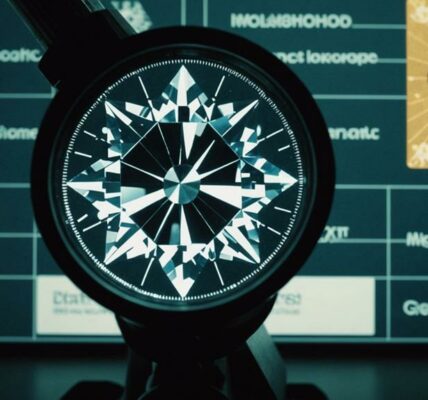Article Contents
Introduction:
In a significant move reflecting the ongoing geopolitical tension and the EU’s stance on the Ukraine conflict, the European Commission has proposed sanctions on Russian diamonds. This move is part of a broader strategy to curtail the Kremlin’s financial resources utilized in the war against Ukraine.
Understanding the Implications of the Proposed Sanctions on Russian Diamonds:
Background:
Since the onset of the conflict in Ukraine, the European Union has been actively seeking ways to apply economic pressure on Russia. Diamonds, an important export commodity for Russia, have come under scrutiny as a potential target for sanctions.
The Proposal:
The European Commission’s proposal, part of its 12th set of punitive measures against Russia, calls for new import and export bans specifically targeting the diamond industry. This initiative aims to significantly reduce the revenue Russia generates from diamond exports to European nations and its partners.
Statements and Responses:
A spokesperson for the European Commission, the EU’s executive arm, emphasized the strategic nature of these sanctions. In a statement to Rapaport News, they highlighted the EU’s intent to “cut the remaining revenues that Russia draws from the export of diamonds.” This effort is in close collaboration with the G7 partners, ensuring a coordinated international approach.
The Role of EU Officials:
Josep Borrell, the EU’s High Representative for Foreign Affairs and Security Policy, played a pivotal role in drafting and submitting these proposals. The European Council, which includes heads of state and government from the 27 member nations, received these proposals for consideration.
Process and Timeline:
Reuters reported that the 27 member nations will discuss the proposal on Friday. However, reaching an agreement on sanctions on Russian diamonds might take weeks, as unanimous support from all member countries is required. The European Commission’s spokesperson expressed a commitment to working closely with the council to expedite the adoption of these measures.
Agreement on Sanctions Package and Implementation of Traceability Mechanism for Diamond Imports from Russia
The process of finalizing an agreement on a comprehensive sanctions package is expected to span several weeks, as unanimous support from all 27 European Union (EU) member states is required. According to EU diplomatic sources, the proposed package includes a ban on direct diamond imports from Russia, effective January 1, 2024. Starting in March, a traceability mechanism will be implemented to prevent the importation of Russian gems that have been processed in third countries. Additionally, the EU is also considering implementing new sanctions on Russian diamonds in response to the country’s alleged involvement in the conflict in Ukraine. These potential sanctions could include restrictions on the export of cutting and polishing equipment to Russia, further limiting the country’s ability to participate in the global diamond trade. The discussions around these measures are ongoing, and it is expected that a decision will be reached in the coming weeks.
Coordinated Efforts with G7 Countries
The implementation of the traceability mechanism is intended to be coordinated with G7 nations, including the United States, Canada, Britain, and Japan. This collaborative effort aims to ensure the effectiveness of the mechanism and strengthen the collective response to prevent the flow of Russian diamonds through alternate channels.
Conclusion:
The proposed sanctions on Russian diamonds by the EU mark a significant development in the international response to the Ukraine conflict. It reflects the EU’s ongoing efforts to employ economic measures as a means of influencing global politics and conflicts. The outcome of the member states’ discussions will be closely monitored, as it holds substantial implications for both the diamond industry and the broader geopolitical landscape.






